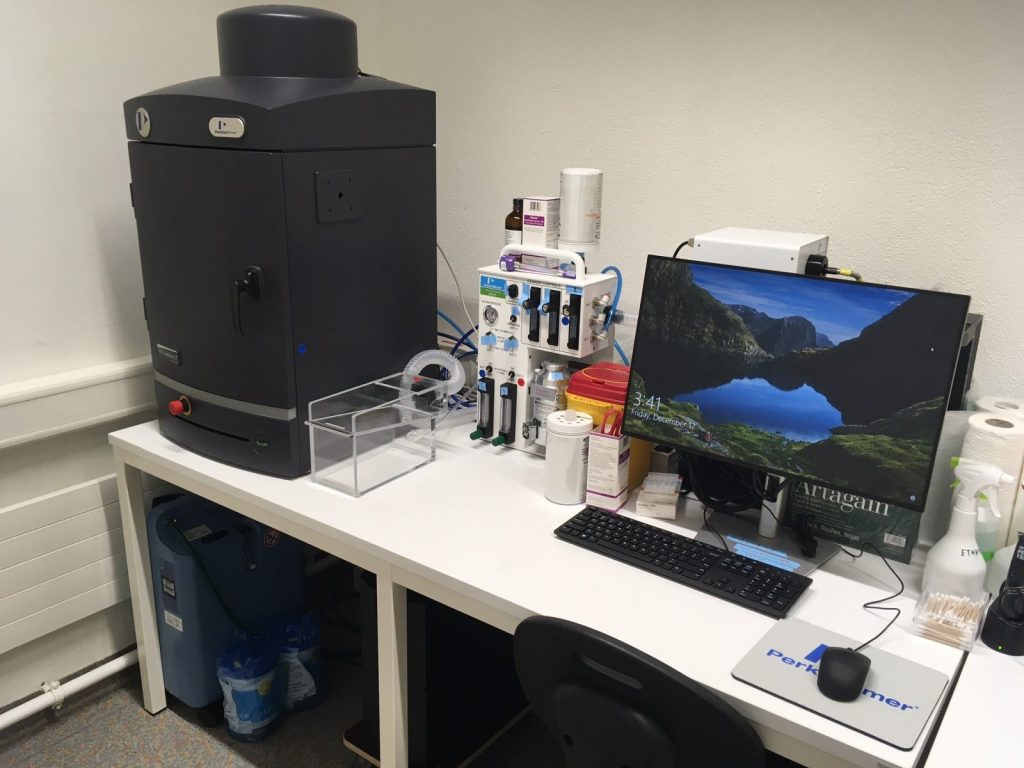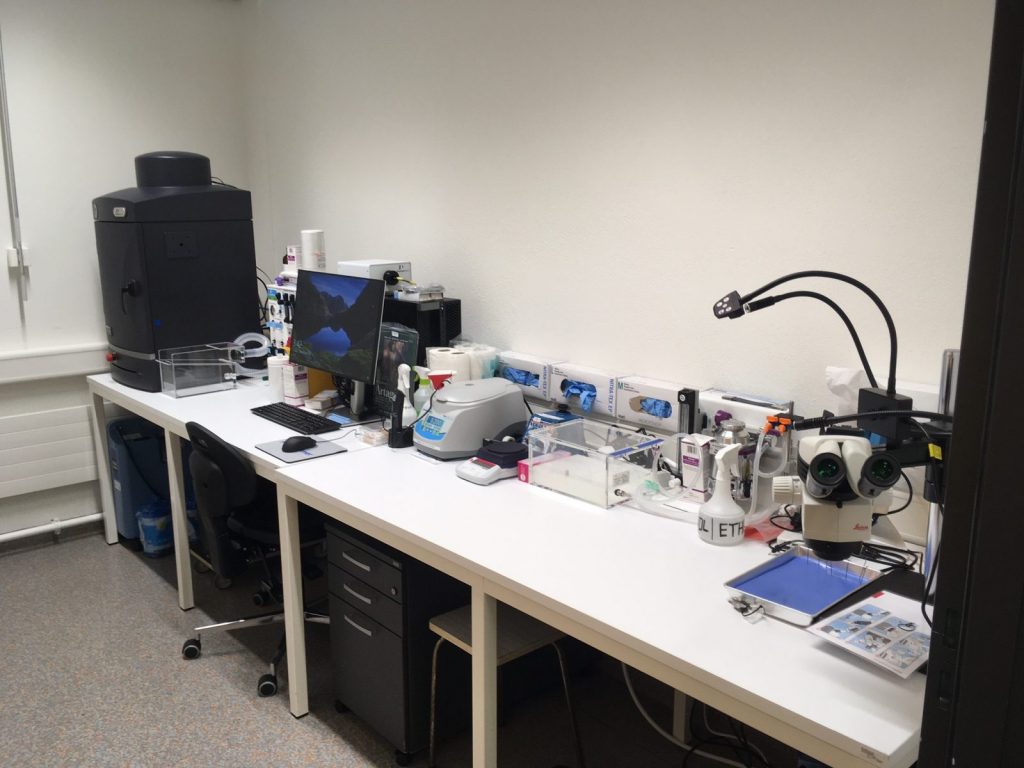Thanks to an investment from the faculty, I am pleased to announce the installation of a new IVIS lumina III at epalinges, building CLE C room 104A. It will offer a back up for the actual IVIS lumina II.
Category: Intervention CLE
RS2000 CLE C – new X-Ray tube
Dear IVIF users,
The replacement of the X-ray tube and the high tension cable on the RS2000 were successfully done yesterday. It is now working properly, but please pay attention to the new dose map below.
Again looking at dose map you can easily see that the RS2000 can replace the cesium irradiator for mice and cell irradiation.
- MICE: we have an homogenous irradiation of about 1.74 Gy / min using the rectangular RAD+ chamber
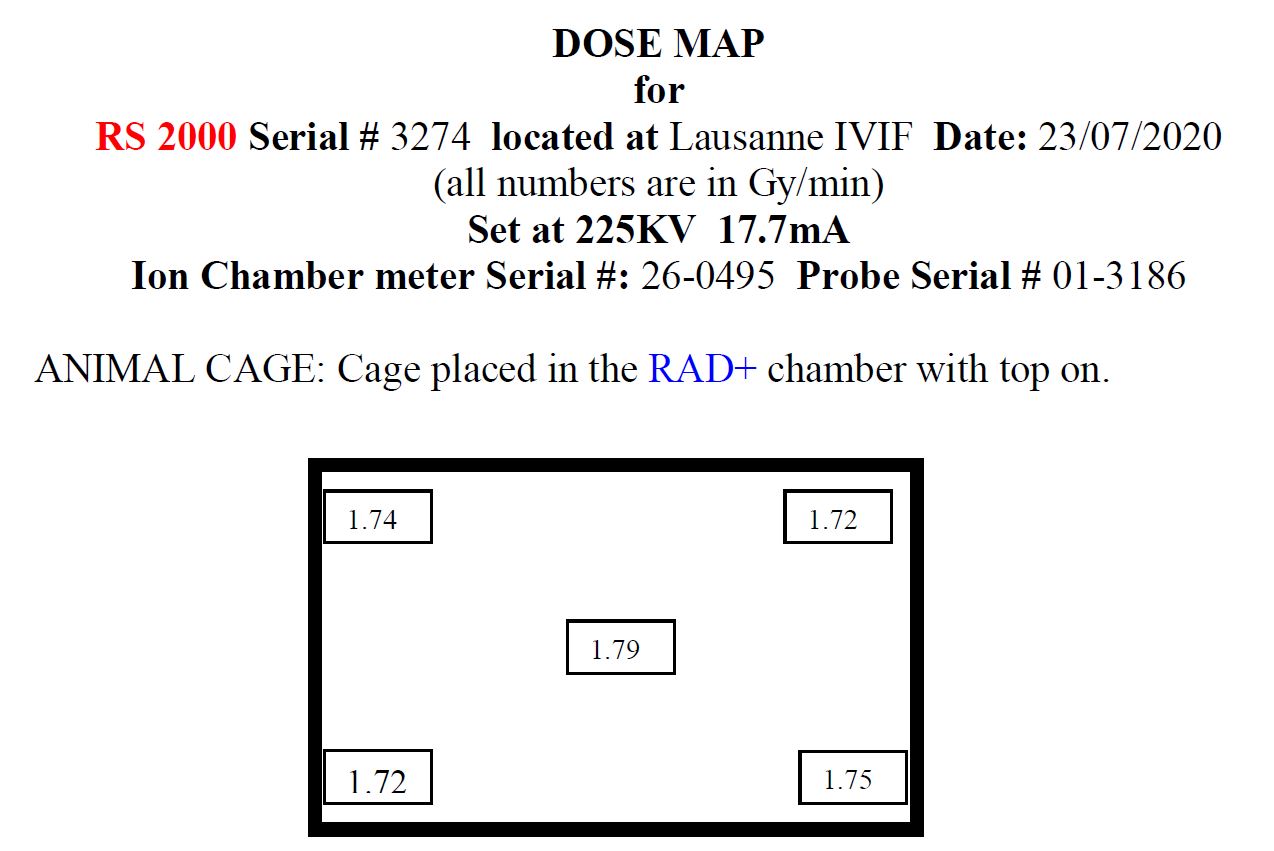
- CELLS : Depending your dose and size of your plate you can easily use the shelf at different positions (see dose map below): For example a cell irradiation of 10 Gy can last about 10 min on the LISA1 Cesium irradiator (about 1 Gy/min at low level) while with the RS2000 a petri dish placed at the center of the shelf level 4 can receive 10 Gy in about 2 min.
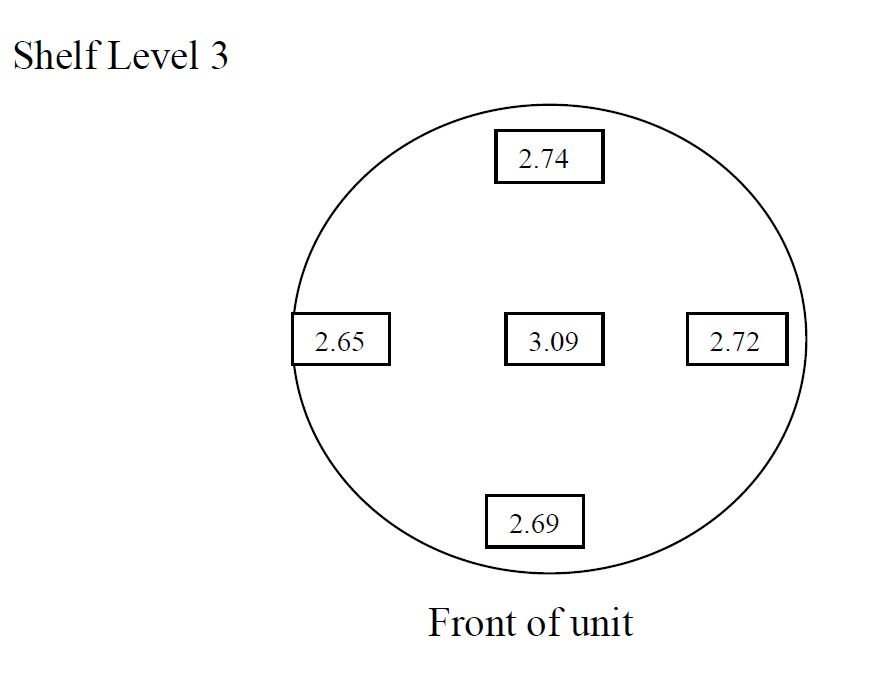
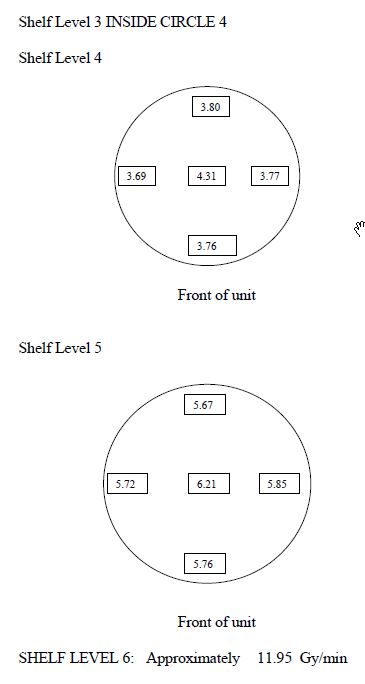
Do not hesitate to ask for help,
best regards
An update on the RS2000 irradiator
20th of July
Dear Users,
Following up on the issue of the RS2000, we will replace the high tension cable and the X-Ray tube of the RS2000 this Thursday 23rd of July. The intervention will last a day and we will keep you updated on post-maintenance test so that you can come back to your normal routine on the irradiator. Sorry again for the inconvenience.
For people that didn’t move yet from the old Ceasium irradiator to the RS2000, please be aware that the RS-2000 is able to replace the Ceasium irradiator for mice and cells and that the irradiation on the RS-2000 is even higher and such shorter than to the Ceasium one. Moreover, it is also safer as it is not a permanent source of radiation. X-rays are emitted only when the intrument is ON.
—-
June 2020–
Dear IVIF users,
The RS2000 irradiator has been repaired but still requires the change of expensive parts. We can not guarantee any fault.
Indeed the reparation has been performed by ourselves as the technician in charge of the irradiator is still not able to travel.
The issue was the formation of an electrical arc at the cable linking the generator to the X-ray tube. We managed to clean up the cable and apply high tension grease to it for insulation. We could run a warm up and an exposure test. We are still waiting for the technician to come back to us to replace the defective parts.
Meanwhile and to play safe, we have set a threshold of 160 kV instead of 225 kV. This means that the dose rate is lower than usual ( 1.08 Gy/min and not 1.8 Gy/min). Please take this value into account for your future experiments. Please report to us any issue on the instrument and do not hesitate to ask for help or replacement on the Ceasium iraadiator
Thank you for your patience.
Xenogen IVIS lumina II move
Dear Users,
Please note the new date for the move May 26-27, as we had to postpone due to the lockdown.
The IVIS lumina II will be moving from the conventional animal facility to the IVIF facility in room 101 next door (see the map). The room is still included in the same sanitary status of the conv-animal facility C meaning that you can still do longitudinal studies as usual. This will free up some room for the housing and centralized imaging activities to one area. The move will be followed by a maintenance, especially chaging LED connections that are from time to time on & off and will last two-days from April 16 – 17 May 26-27. Days have been booked already on the IRIS system.
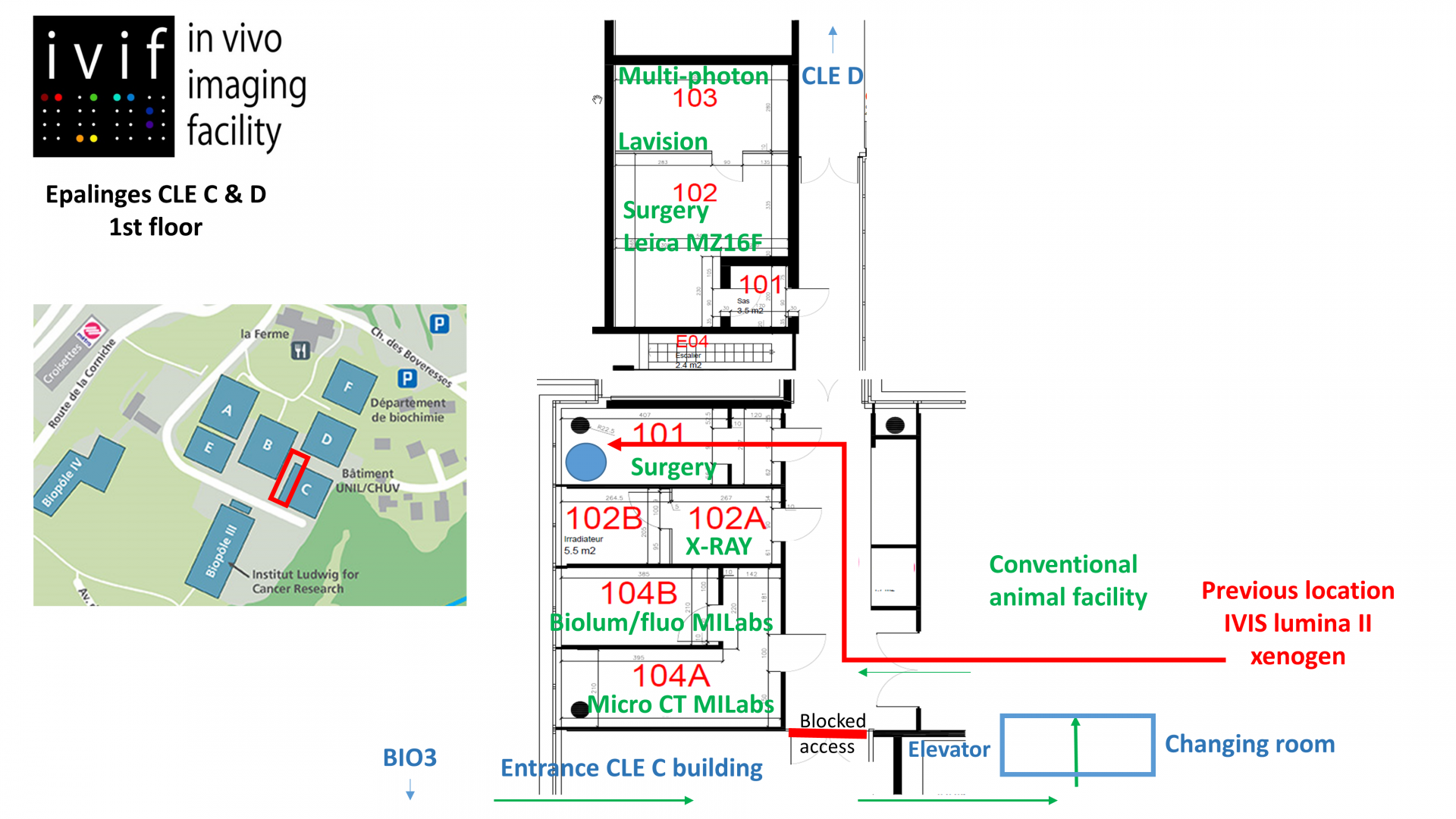
RS2000 warm up fault
Dear users,
This morning the warm up on the RS2000 was not possible, we have tried our best to fix it by phone but we will need a technical intervention unfortunately… I will keep you up to date on a precise date, please contact me at alexandre.benechet@chuv.ch if you need any help for replacement.

